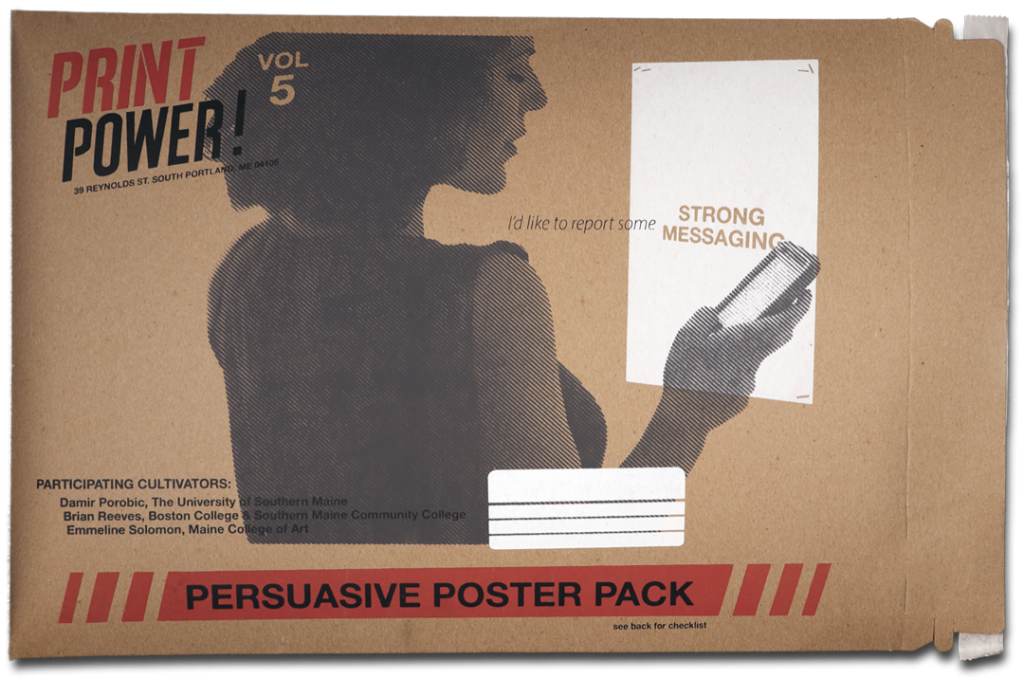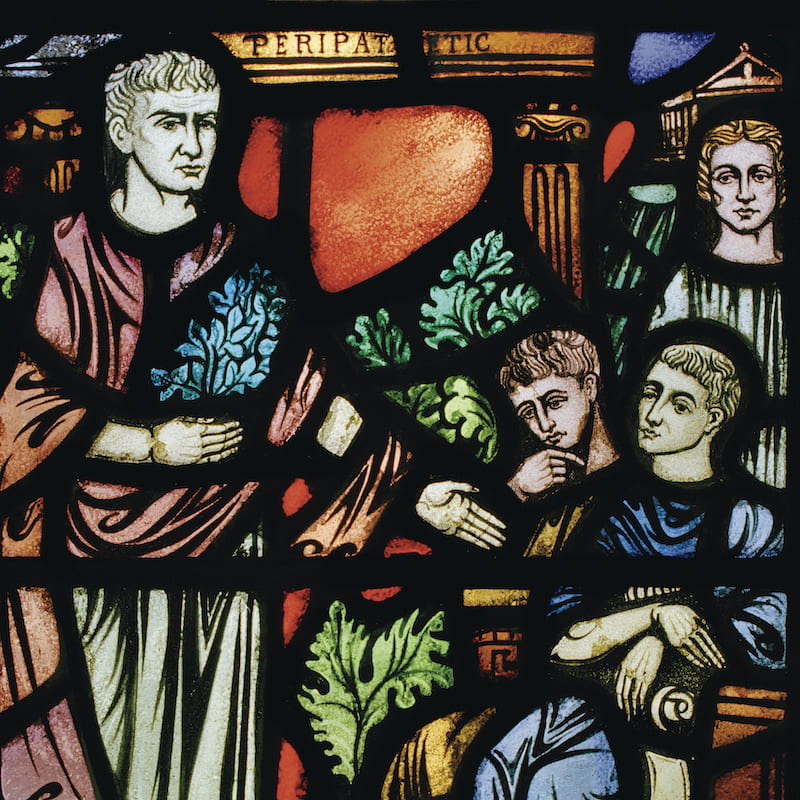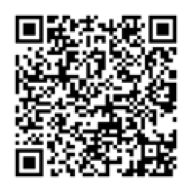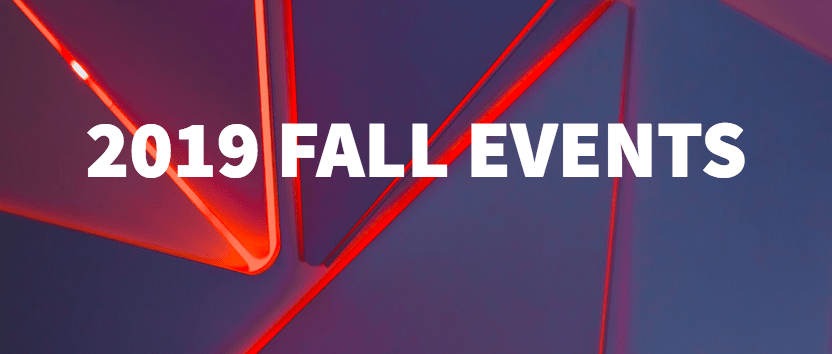Giving your sources credit is one of the things that makes scholarly writing different from other kinds of writing. The mechanics of how to do it change from discipline to discipline, and sometimes from journal to journal. Trying to keep all the details clear and build citations and bibliographies can be time-consuming and aggravating. As librarians, we’ve watched researchers’ first encounters with Zotero many times, and we always delight in their expressions of relief.

Here are a few things we enjoy demonstrating:
When you find a source, one click on a browser icon can import all of its bibliographic information, and another two clicks can add it to your document, fully formatted as a Chicago-style footnote:
Heyer, Kristen E. “Bridging the Divide in Contemporary U.S. Catholic Social Ethics.” Theological Studies 66, no. 2 (2005): 401–440. https://doi.org/10.1177/004056390506600208.
With a few more clicks, you can change it–and every other citation and bibliographic entry in your paper–to APA format:
Heyer, K. E. (2005). Bridging the divide in contemporary U.S. Catholic social ethics. Theological Studies, 66(2), 401–440. https://doi.org/10.1177/004056390506600208
You can add the record to a folder to organize it, and/or add it to a group and share that group with anyone from a small collaborative team to just about any arrangement of public or private group.
Continue reading “Why We Love Zotero”






